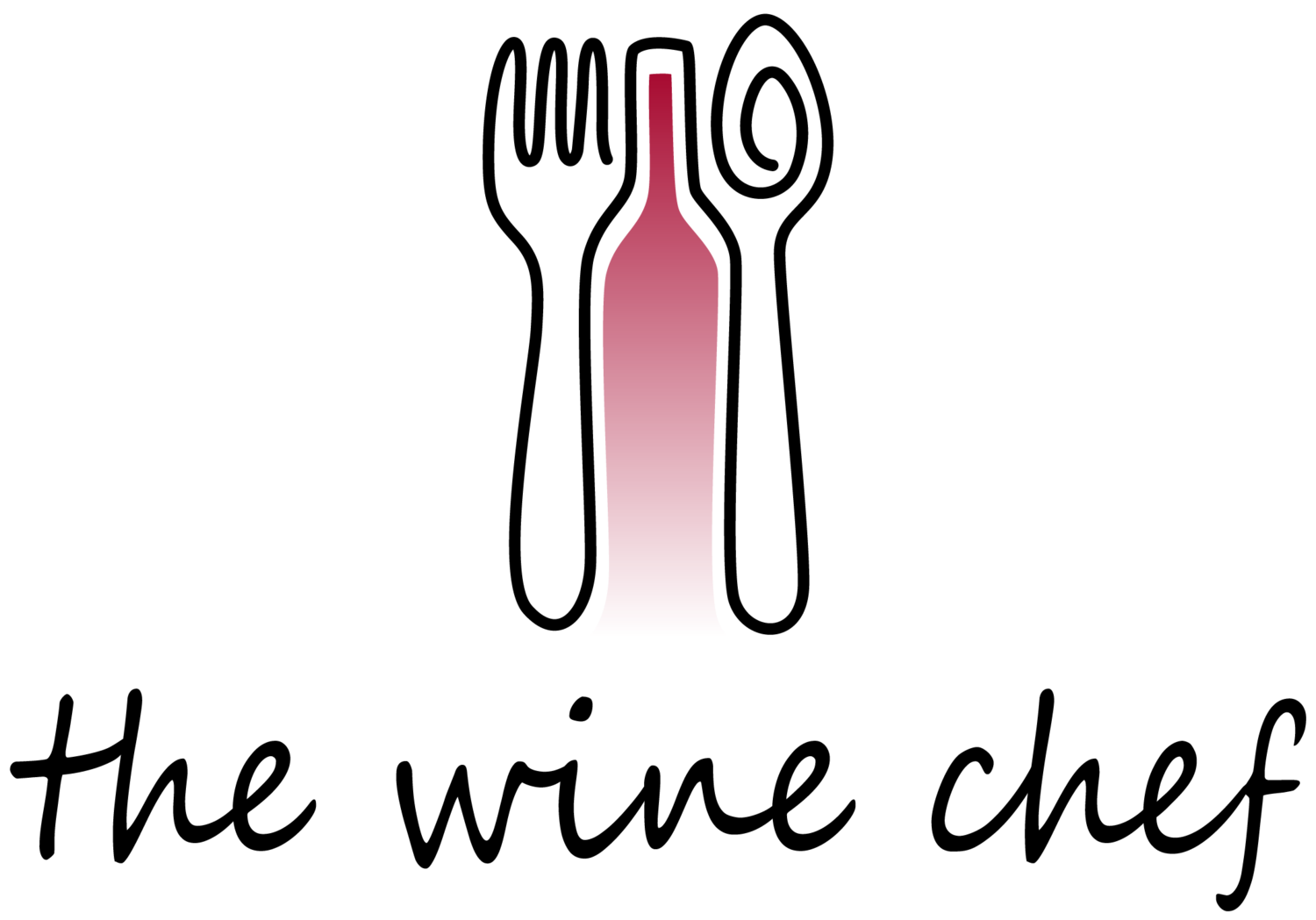Why I’m Writing About Lambrusco (a Selfish Confession)
/I love Lambrusco. I really do. But I almost never get to share a bottle.
When I go out to dinner with friends, no one wants to order it, assuming it’s even on the wine list at all. They give me a skeptical look or say something like, “I don’t like sweet wine.” It’s frustrating, because most Lambrusco today is nothing like the sugary ones popular in the ‘70s and ‘80s. Most are dry, vibrant, and full of character.
So I’m writing this article for selfish reasons: I want to be able to open a bottle when friends come over without getting the side-eye. I want to order Lambrusco at restaurants and not be the only one drinking it. But it’s not easy to convince people that it really is the perfect summer wine: cold, slightly fizzy, and refreshing on a hot summer night.
Recently, I attended a Lambrusco seminar led by award-winning wine and food writer Alan Tardi, and it reminded me just how varied and exciting these wines can be. He presented a lineup of ten Lambruscos that spanned the color spectrum, from pale, salmony pink to dark, inky, purplish red. There was even a white Lambrusco, a type I didn’t know existed!
The styles were just as varied as the hues: some were elegant and finessed, with tart, lemony edges; others were more structured and earthy, even a little funky. All but one were completely dry. The common thread was that they were all crisp, flavorful, and food-friendly.
The Many colors of Lambrusco. All Photos by Lisa Denning.
Lambrusco at a Glance: A Quick Tasting Comparison
While there are over a dozen Lambrusco grape varieties, three main types tend to show up most often in bottles you'll find in the U.S. and beyond.
Lambrusco di Sorbara
• Color: Pale ruby to rosé
• Body: Light
• Acidity: High
• Tannin: Low
• Flavor notes: Tart red berries, citrus, floral hints, mineral edge
Lambrusco Salamino di Santa Croce
• Color: Medium ruby
• Body: Medium
• Acidity: Medium-high
• Tannin: Medium
• Flavor notes: Cherry, red currant, spice, refreshing and balanced
Lambrusco Grasparossa di Castelvetro
• Color: Deep purple-red
• Body: Full
• Acidity: Medium
• Tannin: High
• Flavor notes: Blackberry, plum, earthy, slightly rustic, violet
What you’ll find from all three styles is how great they are with food. Just chill the bottle, pour a glass, and pair it with whatever you’re eating, from grilled sausages to pizza, fried chicken, or a cheese board. If you want to learn more food-pairing ideas, check out my article from August 2022: Lambrusco’s Renaissance: Why These Wines Are Worth Getting to Know.
For me, Lambrusco brings back memories of my time in Bologna, the capital of Emilia-Romagna and the birthplace of Lambrusco. I was at a cozy little wine bar that used to be someone’s house, sipping a chilled, frothy glass of deep-purple Grasparossa and snacking on mortadella and chunks of Parmigiano Reggiano. Nothing fancy, but somehow memorable, just my idea of a moment in heaven.
That’s the thing about Lambrusco—it doesn’t take itself too seriously. It’s lively, unpretentious, and fun. It’s the wine equivalent of a good laugh around the dinner table, or a spontaneous clink of glasses when you’re happy to be in the company of good friends.
So the next time you’re shopping for wine or scanning a restaurant list, don’t overlook Lambrusco. Try one. Or better yet, come over for dinner. I’ve got a bottle chilling right now.
Five Bottles to Try
Ready to explore the world of Lambrusco for yourself? Here are five excellent examples:
Lini 910 Lambrusco Bianco dell'Emilia NV
This is a rare white Lambrusco, but don’t let the pale color fool you—it packs complexity. With just a whisper of sweetness, it reminded me of a fine traditional-method sparkling wine, thanks to its earthy, yeasty notes and long, elegant finish. A great bottle for those still warming up to the idea of Lambrusco. ($22)
Paltrinieri Lambrusco di Sorbara "L’Eclisse" 2023
If you like your bubbles delicate and your wines pretty in pink, this pale salmon-colored Sorbara is a charmer. It offers soft, elegant effervescence, bright notes of fresh red berries, and a mouthwatering saline edge. Refreshing, refined, and very easy to love. ($27)
Vigneto Saetti Lambrusco Salamino di Santa Croce "RossaViola" 2023
This one’s a deep dive into Lambrusco’s rustic roots—in the best way. Dark and intense in color, it comes with energetic, aggressive bubbles, bold structure, and layers of dark fruit and earthy notes. Made in the traditional method by a natural winemaker, it's a bottle that doesn’t hold back. ($29)
Medici Ermete Lambrusco del Reggiano Rosato "Unique" 2021
This certified organic rosato has a beautiful pink hue and plenty of personality. Bright and tart, with lively acidity and a firm grip, it’s fresh and refined with a finish that lingers. A perfect aperitivo wine with enough backbone to continue into dinner. ($37)
Podere Giardino Lambrusco dell'Emilia Rosso "Suoli Cataldi" 2023
A longtime favorite here at The Wine Chef, this one leans into the earthy, savory side of Lambrusco. Think leathery aromatics, savory and herbal notes, and a well-structured palate. It’s a food-lover’s wine—bring on the charcuterie. ($23)











